
Homepage: https://academic.oup.com/zoolinnean
Blog: https://www.linnean.org/news/categories/the-paper-trail
Found hiding from Panama to Colombia, whole-genome sequencing uncovered this new species as part of the tribe Phocidini!
doi.org/10.1093/zool...
@linneansociety.bsky.social

Found hiding from Panama to Colombia, whole-genome sequencing uncovered this new species as part of the tribe Phocidini!
doi.org/10.1093/zool...
@linneansociety.bsky.social
Not quite as catchy as the Queen hit, the phylogeny of broad-nosed weevils was explored using mitochondrial genomes of 130 species, helping to classify the subfamily & uncover their biogeography! 🌍👇🧪
doi.org/10.1093/zool...
@linneansociety.bsky.social

Not quite as catchy as the Queen hit, the phylogeny of broad-nosed weevils was explored using mitochondrial genomes of 130 species, helping to classify the subfamily & uncover their biogeography! 🌍👇🧪
doi.org/10.1093/zool...
@linneansociety.bsky.social








The yellow sea snake can only be found in Costa Rica's Golfo Dulce basin, with this population being geographically & morphologically isolated from the pelagic sea snake. However, genetic differentiation is lacking! An intriguing paradox...🧪 🌍 👇
doi.org/10.1093/zool...

The yellow sea snake can only be found in Costa Rica's Golfo Dulce basin, with this population being geographically & morphologically isolated from the pelagic sea snake. However, genetic differentiation is lacking! An intriguing paradox...🧪 🌍 👇
doi.org/10.1093/zool...
Crayfish rely heavily on chemical & mechanical senses, using their antennae & antennules to do so. Here, 1526 specimens from 93 species were studied, finding cave-dwelling species had longer antennae! 🌍 🧪 🦐
doi.org/10.1093/zool...

Crayfish rely heavily on chemical & mechanical senses, using their antennae & antennules to do so. Here, 1526 specimens from 93 species were studied, finding cave-dwelling species had longer antennae! 🌍 🧪 🦐
doi.org/10.1093/zool...
Aphodiini (dung beetles) are important decomposers & comprise ~2,200 species, yet are still a bit of a mystery. Here, their molecular phylogeny is reconstructed to explore the evolutionary history of their nesting behaviour & body size! 🧪 🌍 💩
doi.org/10.1093/zool...

Aphodiini (dung beetles) are important decomposers & comprise ~2,200 species, yet are still a bit of a mystery. Here, their molecular phylogeny is reconstructed to explore the evolutionary history of their nesting behaviour & body size! 🧪 🌍 💩
doi.org/10.1093/zool...
doi.org/10.1093/zool...
@linneansociety.bsky.social

doi.org/10.1093/zool...
@linneansociety.bsky.social
academic.oup.com/zoolinnean/p...

academic.oup.com/zoolinnean/p...
An ornithological mystery 180 years in the making has finally been solved, as the skin of the final (reliably known) female Great Auk has been recovered from the Natural History Museum of Cincinnati! 🌍🧪👇
doi.org/10.1093/zool...
#FossilFriday! #MAFSUK


An ornithological mystery 180 years in the making has finally been solved, as the skin of the final (reliably known) female Great Auk has been recovered from the Natural History Museum of Cincinnati! 🌍🧪👇
doi.org/10.1093/zool...
#FossilFriday! #MAFSUK

doi.org/10.1093/zool...


doi.org/10.1093/zool...



doi.org/10.1093/zool...


doi.org/10.1093/zool...
Smile and wave boys, smile and wave...🌍 🧪 🐧
doi.org/10.1093/zool...


Smile and wave boys, smile and wave...🌍 🧪 🐧
doi.org/10.1093/zool...
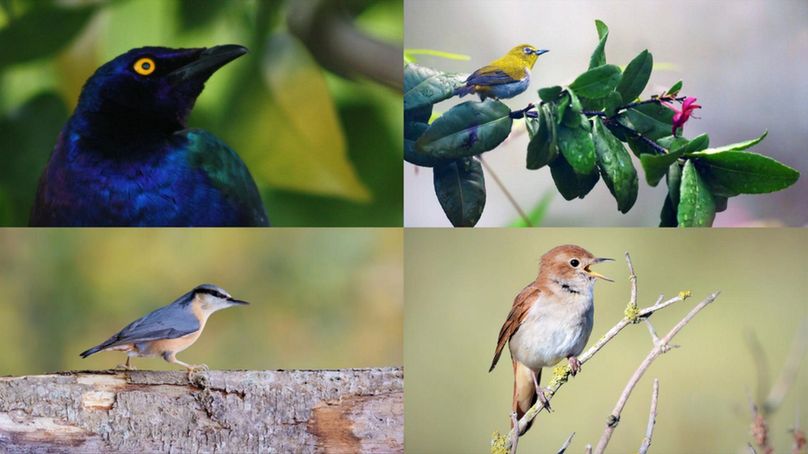


doi.org/10.1093/zool...
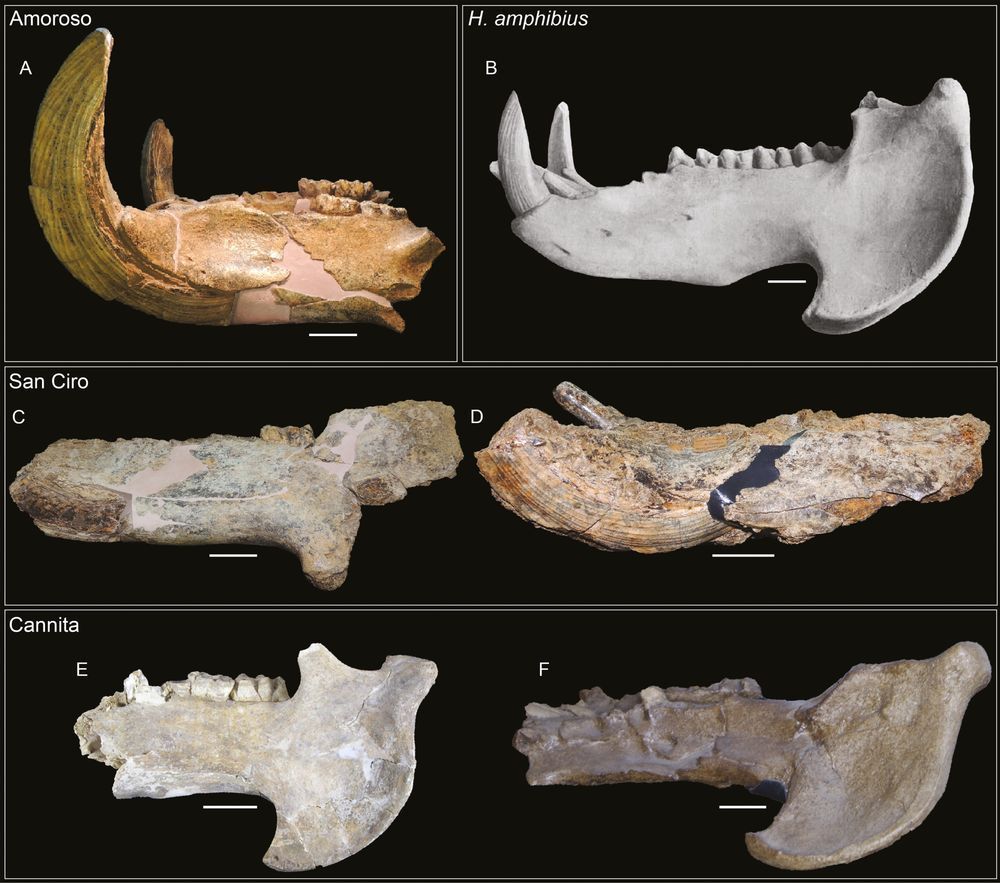
doi.org/10.1093/zool...
@linneansociety.bsky.social
@cefafalopodo.bsky.social
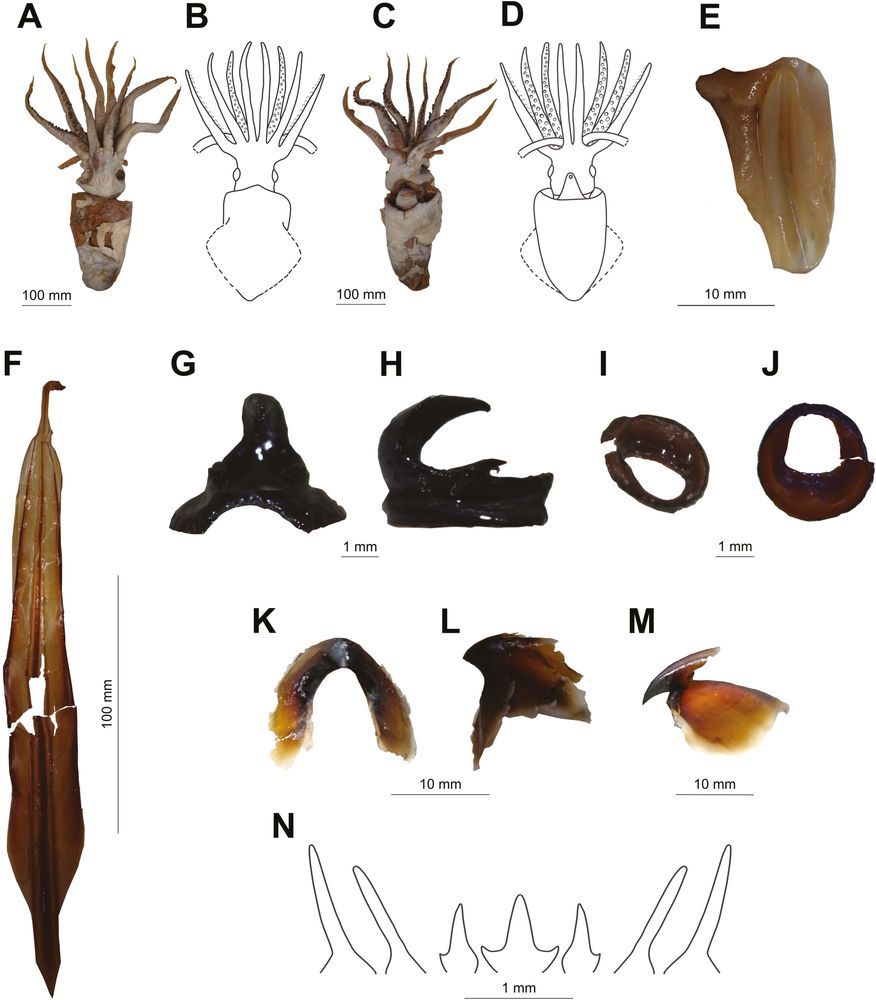
@linneansociety.bsky.social
@cefafalopodo.bsky.social
academic.oup.com/zoolinnean/a...
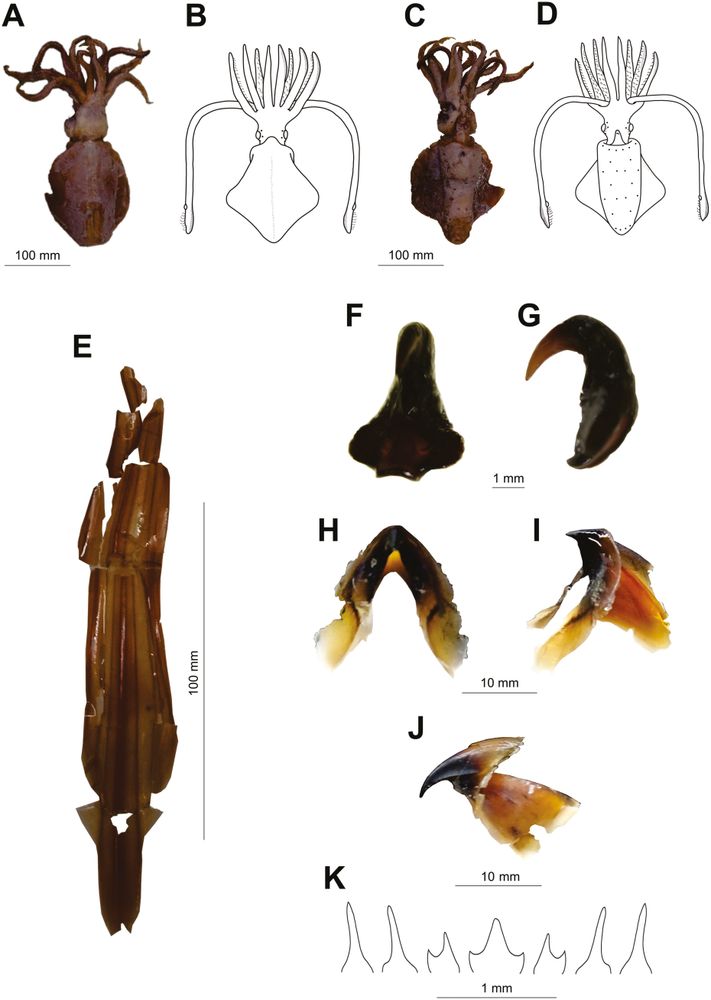
academic.oup.com/zoolinnean/a...
doi.org/10.1093/zool...
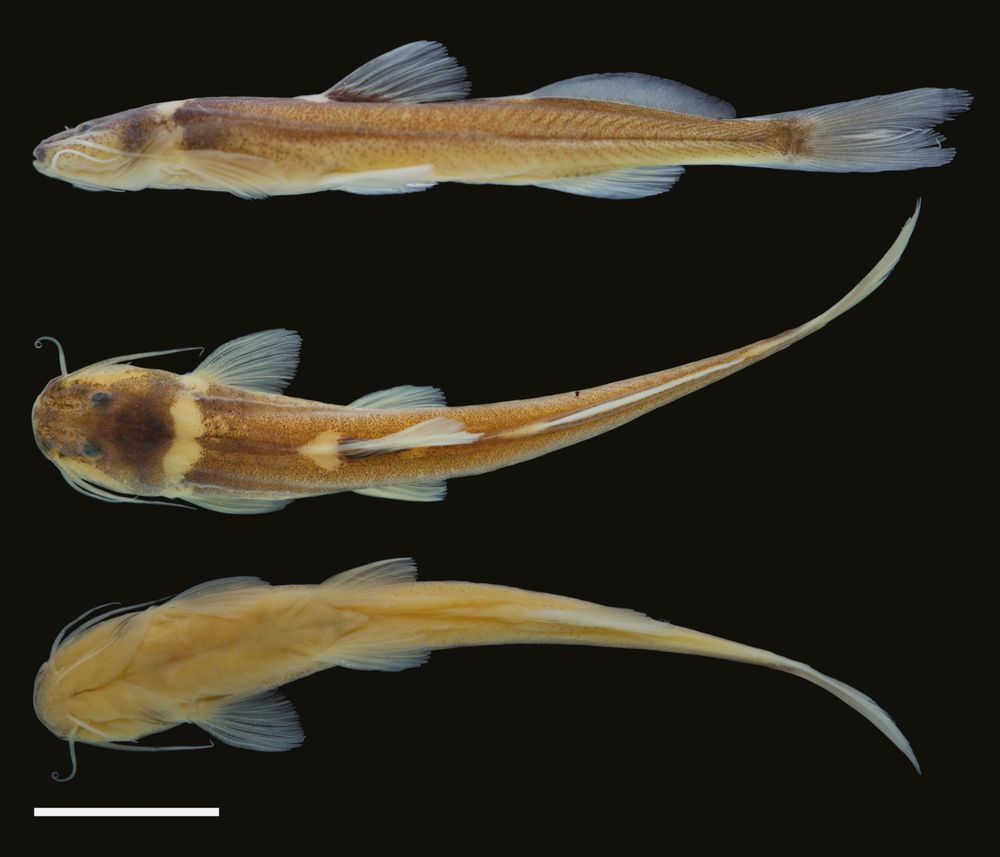
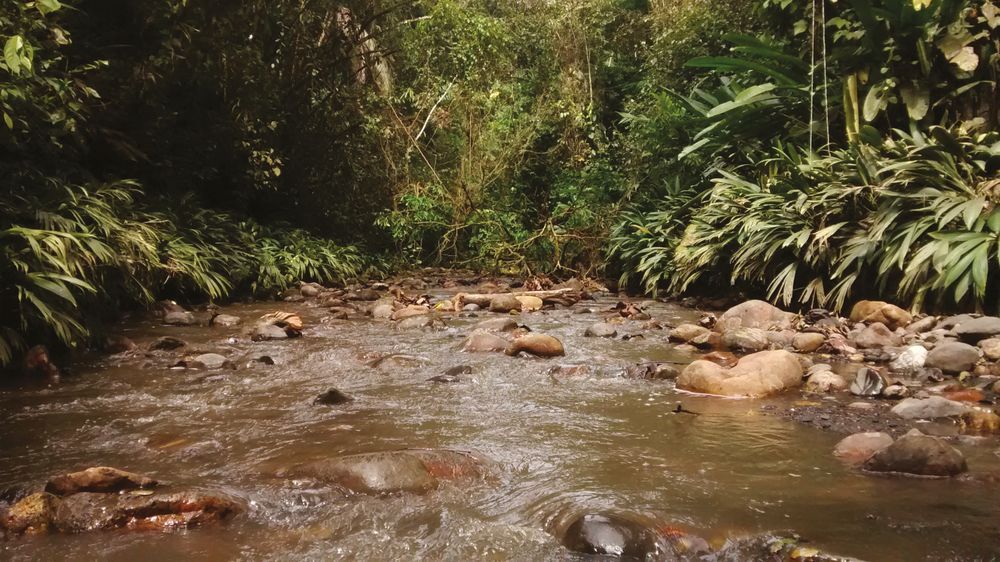
doi.org/10.1093/zool...
doi.org/10.1093/zool...
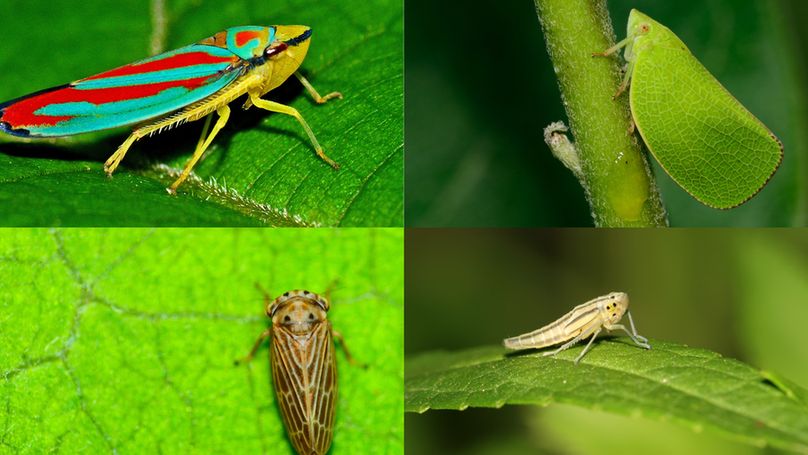
doi.org/10.1093/zool...
A ribbiting read 👇🐸🌍🧪
academic.oup.com/zoolinnean/a...

A ribbiting read 👇🐸🌍🧪
academic.oup.com/zoolinnean/a...

